Summary:
In this engaging conversation, Justin and Nate explore the world of fishing and cooking, sharing personal anecdotes and culinary adventures. Nate discusses the origins of his YouTube channel, Shorelunch with Nate P, which aims to make fishing and cooking accessible to everyone. They delve into quirky recipes, the importance of embracing failures in the kitchen, and the culinary potential of invasive species. The episode features a fun game of 'Bait or Plate,' where they evaluate various fish for their culinary value. The conversation also touches on the camaraderie found within the fishing community and the importance of sustainable practices. Justin and Nate explore a variety of topics ranging from tattoo stories and fishing myths to urban fishing adventures and cooking confidence. They share personal anecdotes, culinary tips, and the importance of community engagement in the fishing and cooking world. The discussion culminates in a fun game of 'Hook, Line, or Liar,' where they share fishing stories, one true and one false, inviting listeners to guess which is which. The episode emphasizes the joy of fishing, cooking, and connecting with others.
-
Leave a Review of the Podcast
-
Buy our Wild Fish and Game Spices
Links:
Shorelunch: The Fail Episode
Louisiana Gar Balls
Nate Pischke Instagram
Shorelunch YouTube
Takeaways:
Nate started Shore Lunch to make fishing and cooking accessible.
The concept of 'kiss and release' promotes conservation.
Natural selection plays a role in wildlife encounters.
The importance of trying new recipes, even in the wild.
Invasive species can be delicious and should be considered for cooking.
Fishing is about the experience, not just the catch.
Cooking failures can lead to creative solutions.
Nate emphasizes making cooking fun and approachable.
The ethics of fishing include avoiding waste and respecting ecosystems.
Catfish are apex predators in their environments.
Fishing communities foster friendships and connections.
Culinary possibilities exist for often overlooked fish species.
Raw freshwater fish can pose health risks.
The debate on invasive species continues in fishing circles.
Cooking can be forgiving; failure is part of the process.
Sharing stories fosters connection and engagement.
Chapters:
00:00 Introduction to Shore Lunch with Nate P
03:32 Nate P's Origin Story
06:23 Quirky Cooking Adventures
10:01 Natural Selection and Cooking Failures
12:57 Rapid Fire: Bait or Plate Game
18:43 Invasive Species and Culinary Opportunities
19:35 The Debate on Rough Fish
20:11 Understanding Ancient Fish: Bofin and Gar
21:22 The Ethics of Fishing: Waste and Conservation
22:38 Exploring Culinary Possibilities: Gar and Bofin
23:41 Catfishing Adventures: Lore of the Red River
24:50 The Apex Predator: Catfish in Ecosystems
25:51 Fishing in the Potomac: Blues and Flatheads
26:51 The Potomac's Fishing Community: Ernie the Hog Snatcher
28:51 Touring the East Coast: Fishing Experiences
30:14 Culinary Adventures: Mahi-Mahi and Beyond
31:54 Friendship and Connection in the Fishing Community
33:20 Cooking Competitions: Jerked Alligator and More
35:33 The Sea Robin: A Unique Catch
36:41 Raw Freshwater Fish: A Cautionary Tale
39:16 Barracuda and the Risks of Eating Fish
40:53 Tattoo Tales and Fishing Myths
44:04 Urban Fishing Adventures
49:01 Cooking Confidence and Culinary Tips
56:11 Fishing Stories: Hook, Line, or Liar?
01:05:13 Final Thoughts and Community Engagement
Keywords:
Fishing, cooking, Shore Lunch, Nate P, culinary adventures, invasive species, fishing techniques, cooking failures, natural selection, food culture, fishing, conservation, catfish, bofin, gar, culinary, Potomac, fishing community, friendship, raw fish, fishing, cooking, urban fishing, culinary tips, tattoo stories, fishing myths, confidence in cooking, fishing stories, community engagement, wild game
Learn more about your ad choices. Visit megaphone.fm/adchoices



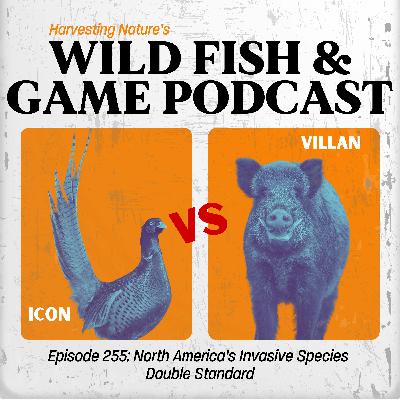
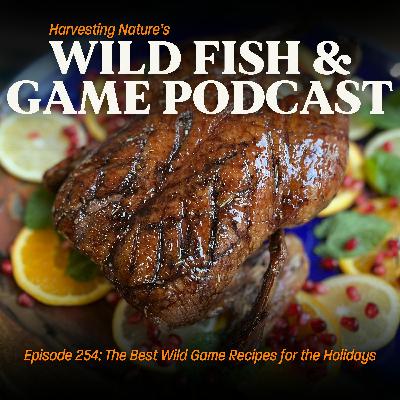
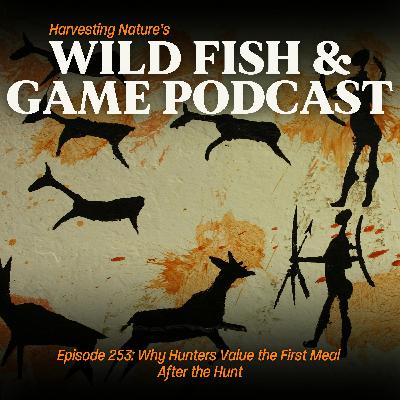
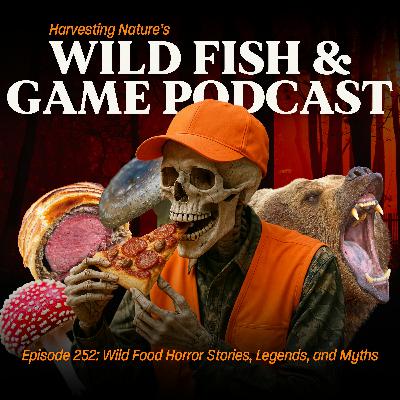
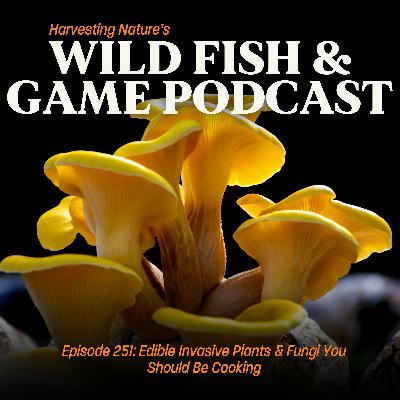
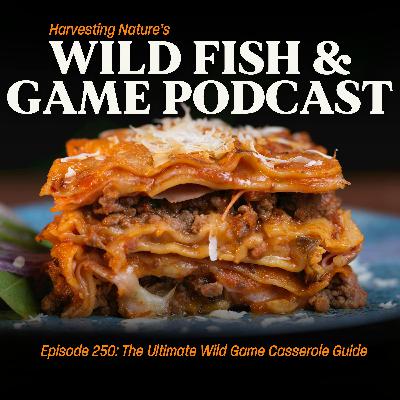
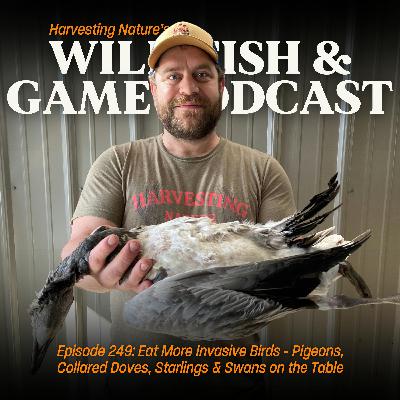
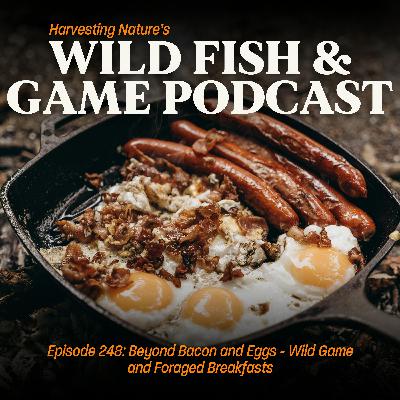
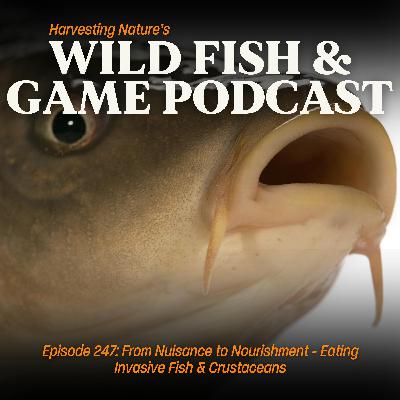
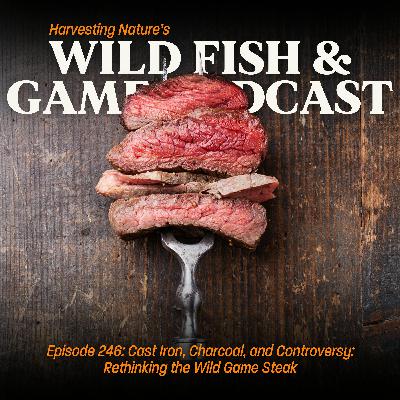
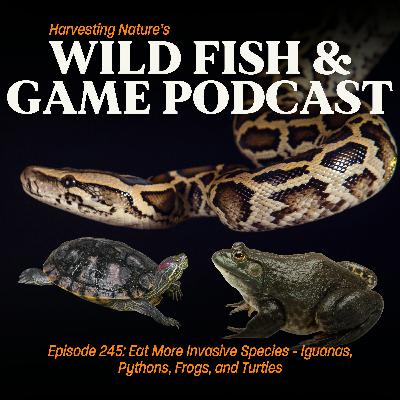
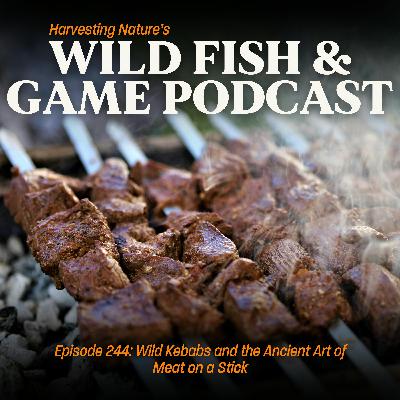
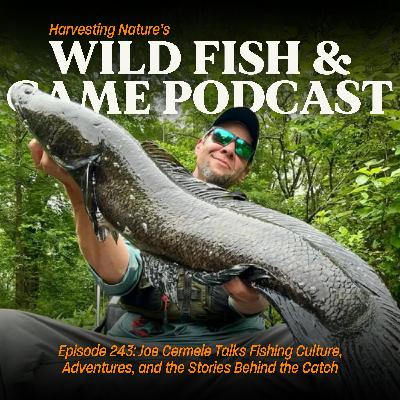
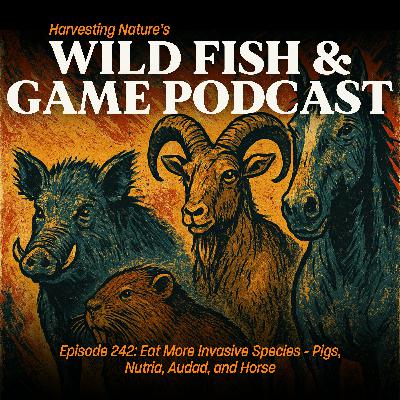
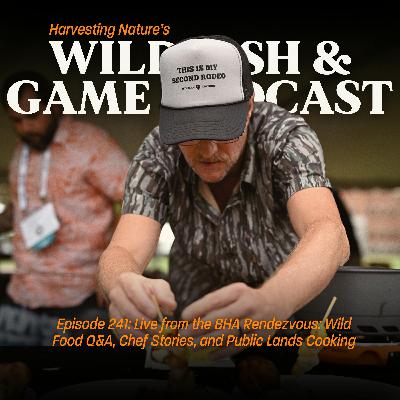
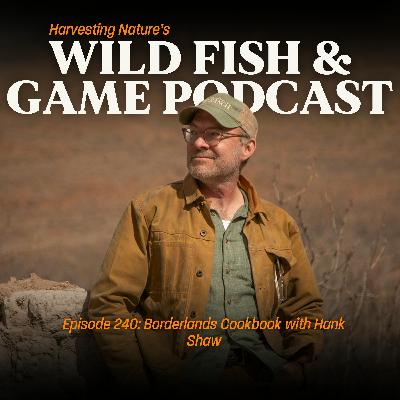
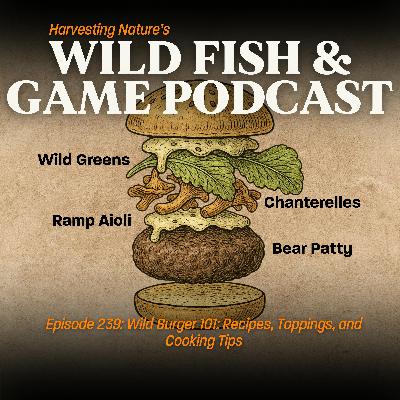
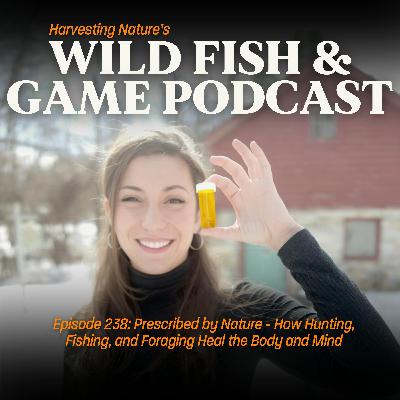
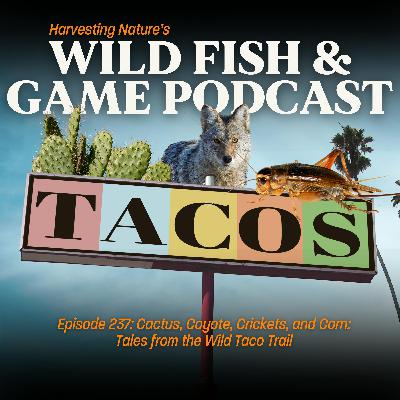
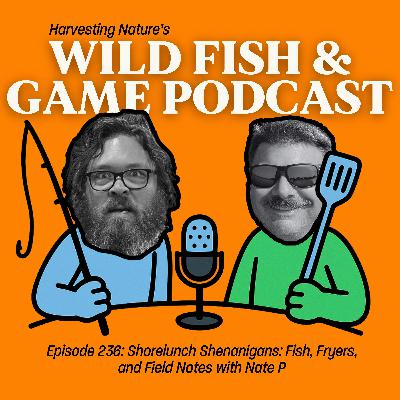



I'm not sure what the science is behind it, but somehow the deep reverb of his voice also stimulates my taste buds. Wonderful listen, 10/10.